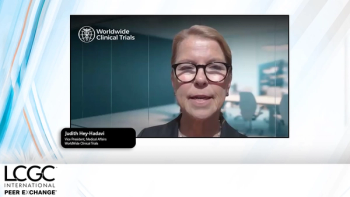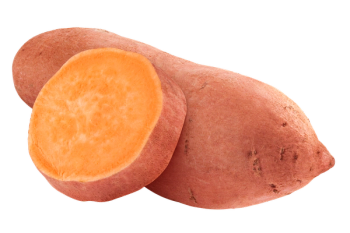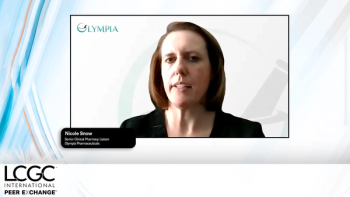
Innovations in Forensics
“Forensics: Innovations and Applications” will be held this afternoon from 2:30 to 4:30 pm in Room B405-407. The session, chaired by Travis M. Falconer, a chemist with the Forensic Chemistry Center of the US Food & Drug Administration in Cincinnati, Ohio, includes topics on analytes ranging from explosives to larvae.
“Forensics: Innovations and Applications” will be held this afternoon from 2:30 to 4:30 pm in Room B405-407. The session, chaired by Travis M. Falconer, a chemist with the Forensic Chemistry Center of the US Food & Drug Administration in Cincinnati, Ohio, includes topics on analytes ranging from explosives to larvae.
The talks are as follows:
2:30 pm: “Rapid and Sensitive Detection of Organic Explosives with PS (Paper Spray) and SAWN (Surface Acoustic Wave Nebulization) Ambient Ionization Mass Spectrometry,” presented by Arian C. Van Asten of the University of Amsterdam, in Amsterdam, the Netherlands.
2:50 pm: “Proteomic Profiling of Single Hairs Recovered after an Explosion for Protein-Based Human Identification,” presented by Fanny Chu of the Lawrence Livermore National Laboratory, in Livermore, California, and Michigan State University, in East Lansing, Michigan.
3:10 pm: “Carrion Insect Species Identification from Multi-species Mixtures of Larvae Using Multilabel Classification of DART-HRMS Data for Postmortem Interval Determination,” presented by Rabi A. Musah of the University at Albany-SUNY, in Albany, New York.
3:30 pm: “Towards On-Site Drug Evidence Confirmation via Surface-Enhanced Raman Spectroscopy and Paper Spray Ionization Employed on Portable Instrumentation,” presented by William L. Fatigante of Illinois State University, in Normal, Illinois.
3:50 pm: Mass Spectrometry for the Real-Time Identification of Psychoactive Drugs Supplied by the Public as Part of a Harm-Reduction Service,” presented by Jackie Mosely of Durham University, in Durham, United Kingdom.
4:10 pm: “Mass Spectrometry-Derived Information Concerning Atypical Findings Critical to Sports Drug Testing: 19-Norandrosterone and AICAR,” presented Mario Thevis of German Sport University, in Cologne, Germany.
Newsletter
Join the global community of analytical scientists who trust LCGC for insights on the latest techniques, trends, and expert solutions in chromatography.





